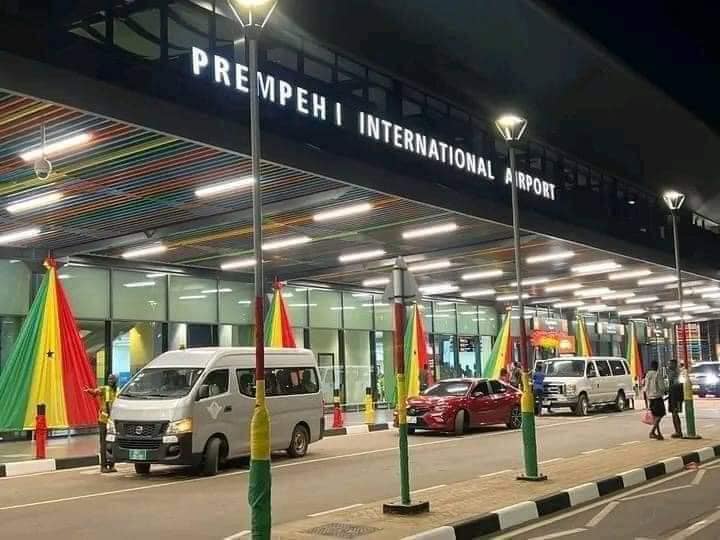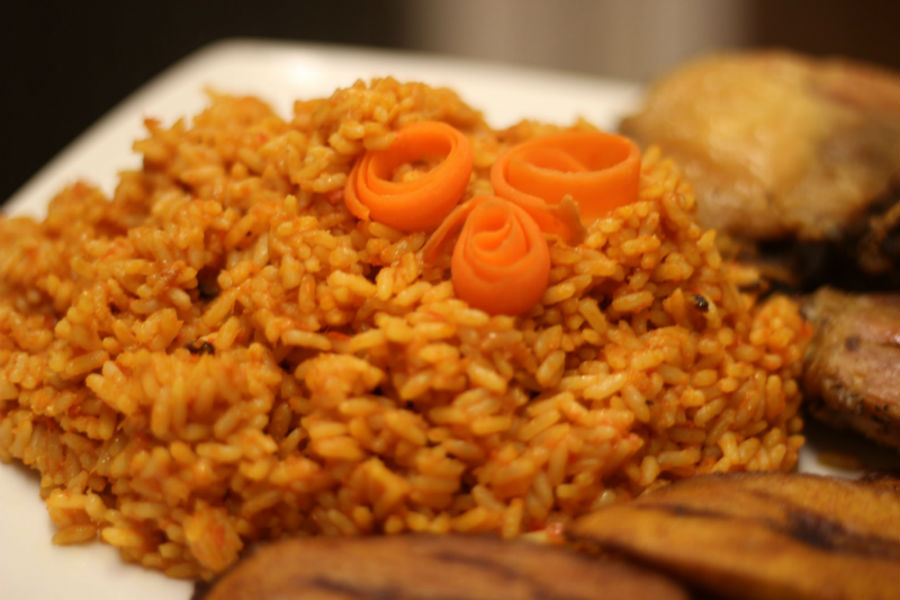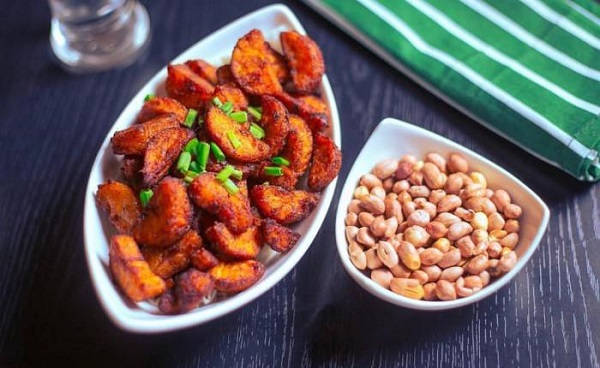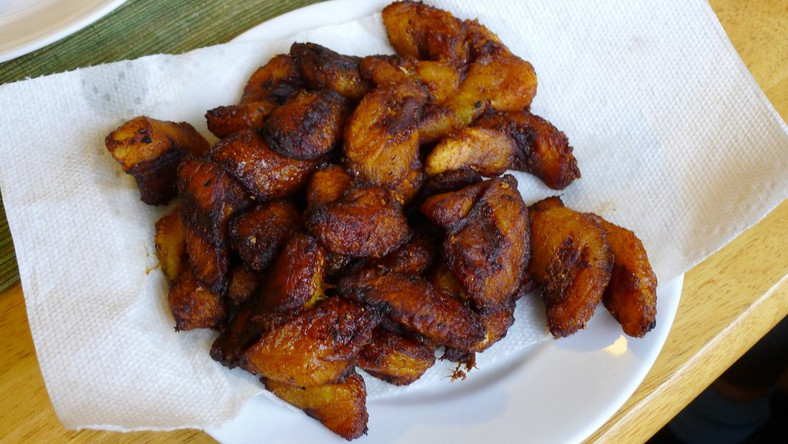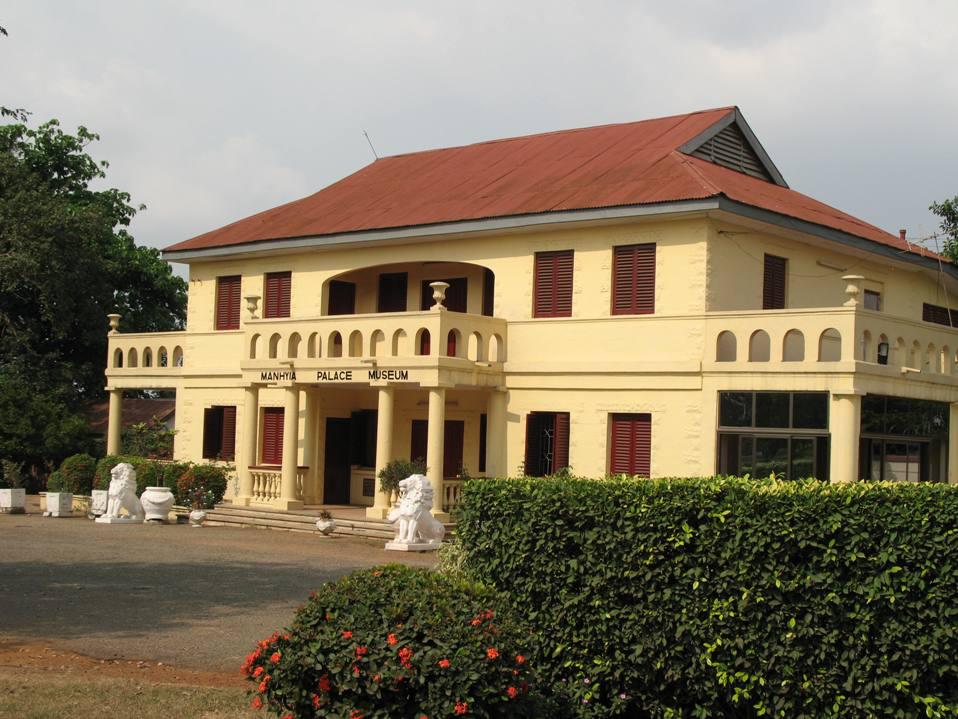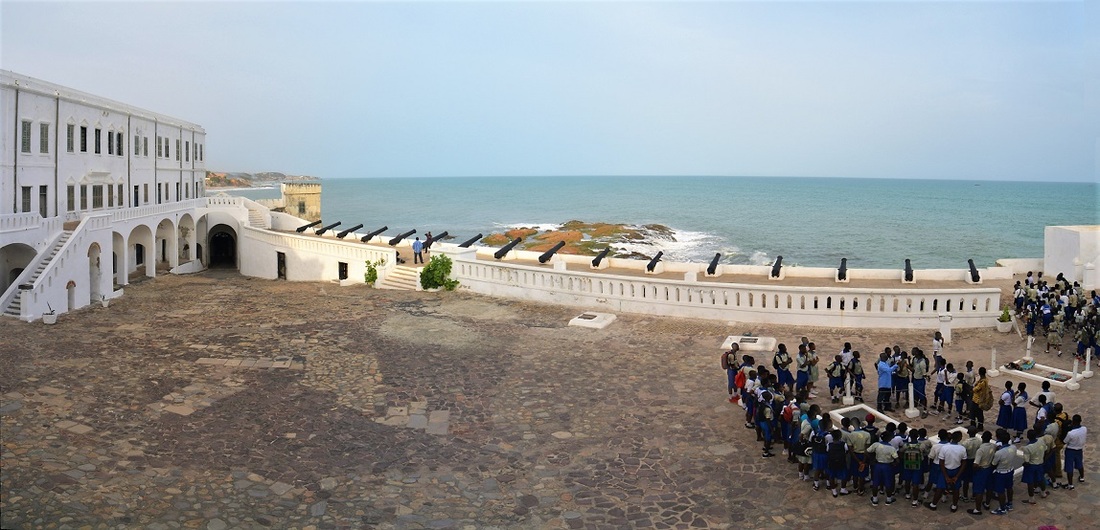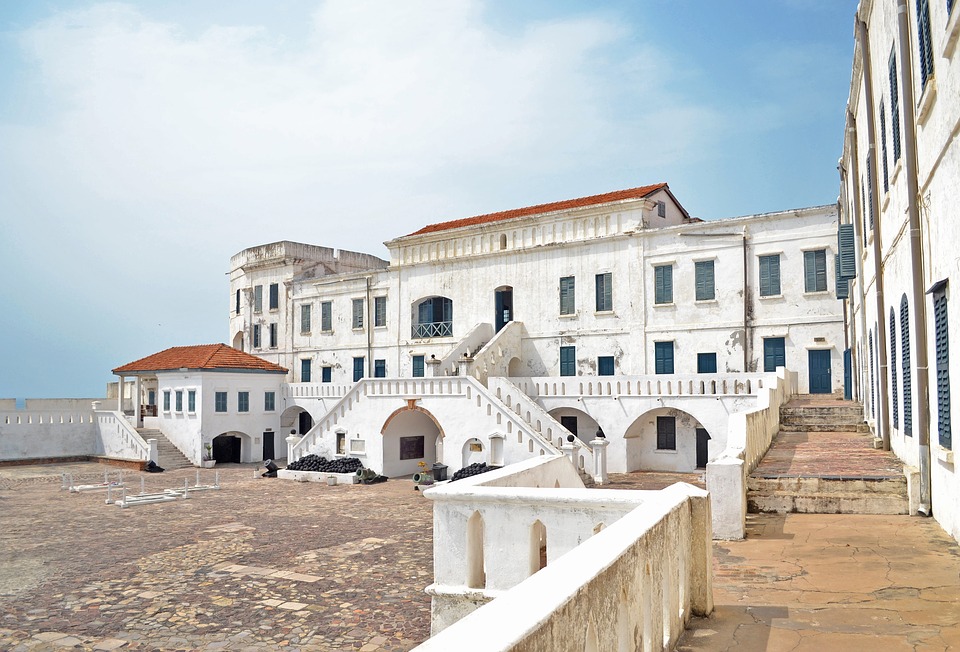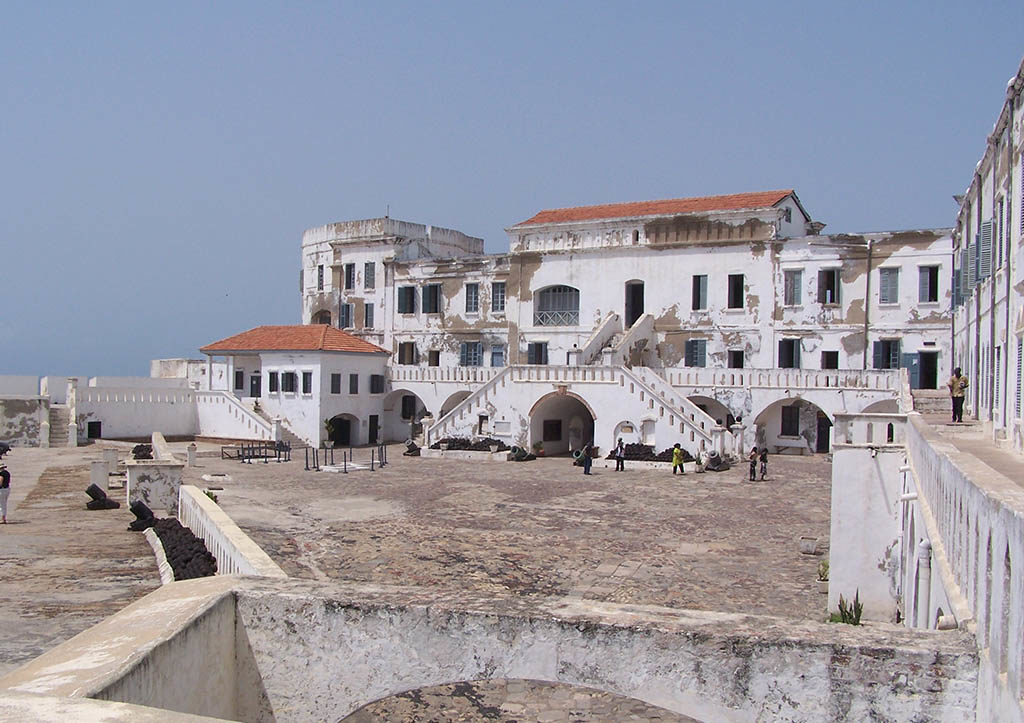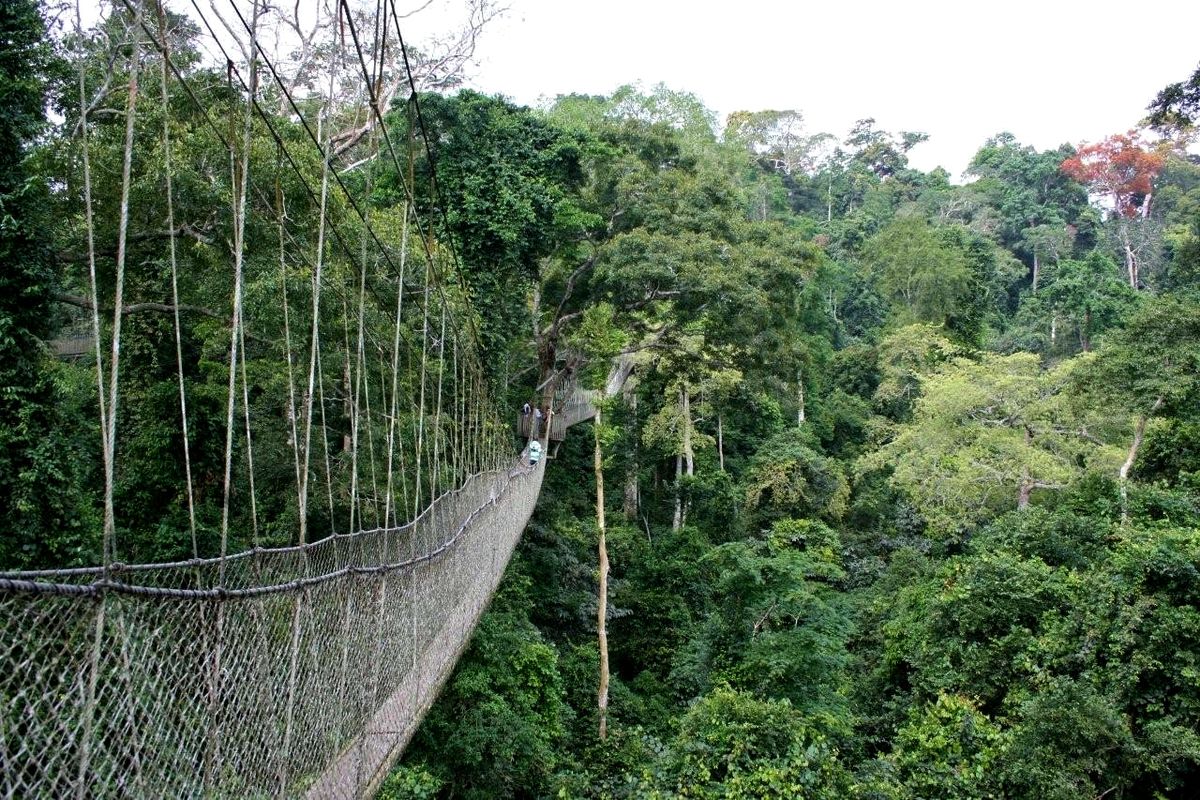- Nana Agyeman Prempeh I International Airport, originally completed in 1943 as Kumasi Airport, has undergone significant developments since its inception, including major expansions in the 1950s and 1970s.
- The airport was declared an international airport in 2003, with further modernization, including a new terminal and advanced navigational systems, completed in 1993 and 2014.
- A major expansion project began in 2018, with Phases Two and Three focusing on upgrading the airport’s infrastructure, including a new terminal, extended runway, and additional facilities.
- Despite its international status, the airport primarily serves domestic flights, with a fluctuating passenger volume, peaking in 2022 at 476,266 passengers.
Nana Agyeman Prempeh I International Airport, initially known as Kumasi Airport, has a storied history from the early 1940s. While approval for the airport’s construction was granted as early as 1940, it wasn’t until 1947 that the necessary documentation for land acquisition was completed and paid for. By 1943, however, the airport had already been constructed, marking the beginning of its role as a key aviation hub in Ghana.
The late 1950s saw substantial investments by the Ghanaian government to enhance the airport’s infrastructure. These developments included improvements to the runway, the installation of navigational aids, and the enhancement of human resources to support internal airline operations. The late 1970s brought further significant advancements, with the installation of runway and taxiway lights and the extension of the main runway to the southern part of the airport.
The first major modernization phase of the airport was completed on December 1, 1993, with the construction of a new terminal and the installation of a VOR/DME system, a crucial navigational aid. This modernization set the stage for the airport’s designation as an international airport in 2003, primarily serving regional operations. The airport was equipped with the full complement of Security, Customs, and Immigration staff, although it continued to function mainly on a regional level until further upgrades were implemented.
In December 2014, the airport saw another significant milestone with the inauguration of a newly rehabilitated runway equipped with Aeronautical Ground Lighting Systems. This development enabled domestic airlines to begin night operations, increasing the airport’s capacity and operational flexibility.
The most recent and ongoing developments at Nana Agyeman Prempeh I International Airport began in 2018 with the commencement of Phase Two of the airport’s expansion project. This phase includes the construction of a new terminal building capable of handling 800,000 passengers annually, the installation of two boarding bridges, the development of a road network, and the construction of a perimeter fence, power substation, and car parking lot. The total cost of this phase is estimated at £66,350,000.
Phase Three of the expansion project is focused on further extending the airport’s runway from 1,981 meters to 2,320 meters, the construction of a new taxi link, two apron parking stands, an Air Traffic Control building, and a Fire Station, among other facilities. This phase is expected to cost £58,900,000, with the construction work being carried out by Messrs Contracta Construction UK Ltd.
Despite its designation as an international airport in 2014, Nana Agyeman Prempeh I International Airport primarily serves domestic air traffic. Two domestic carriers, Africa World Airlines (AWA) and Passion Air, currently operate at the airport. Over the years, the airport’s passenger traffic has varied, with a significant peak in 2022 when 476,266 passengers were recorded. However, the numbers slightly declined in 2023, with 406,716 passengers.
